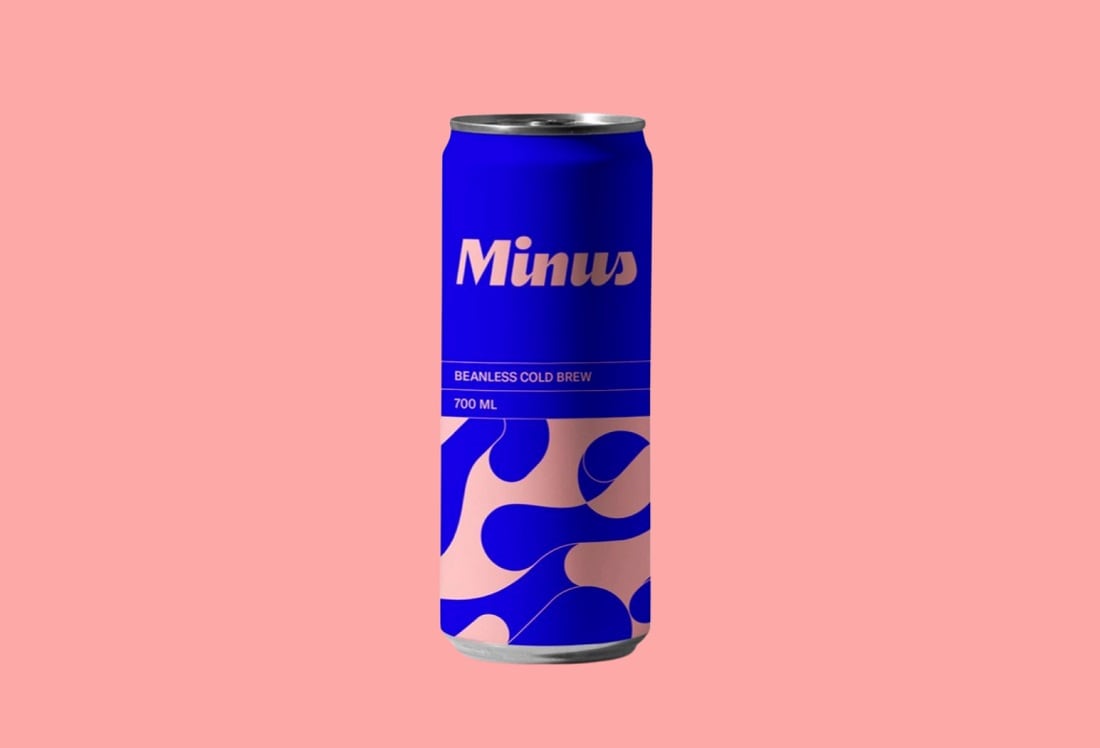Not only subject to climate change which has created increasingly inhospitable environments for coffee-growing countries, the production of coffee itself is also water and energy intensive, said Minus coffee founder Maricel Saenz, who joins a growing number of startups looking to reverse engineer your cup of Morning Joe.
According to UN Food and Agricultural figures, it takes roughly 140 liters of water to grow, process, and transport the amount of coffee beans required to produce one cup of coffee.
At the same time, global coffee consumption is on the rise. The International Coffee Organization reported total global consumption of coffee grew 3.3% between 2020 and 2021.
"I had been worried about the future of coffee for a long time and had actually been thinking about different ideas of what we could do about it," said Saenz, who moved to the San Francisco Bay Area in 2017 from her home country of Costa Rica, a major coffee growing region.
Reverse engineering coffee
With a background in biotechnology and food production, Saenz set her mind to identifying the key characteristics of coffee from its acidic structure to the roasted malty flavor notes, and see if there was a way to replicate the coffee drinking experience (without coffee beans).
"Coffee’s really just an extraction of chemical compounds that when perfectly balanced give you that delicious flavor and aroma. But do we really need to go through the entire process which is a really long supply chain to get this perfect brew of chemical compounds or is there another way that we can get there?," she said.
The answer, in short, was yes.
Using ingredients that are low in carbon emissions and US-grown (creating a shorter, higher supply chain) such as lentils and dates, Saenz and her team developed a fermentation process based on the coffee fermentation process.
"Coffee farmers around the world use fermentation to change the flavor profile of their beans. So we spent a lot of time understanding that process, what those microbes are there that can deliver different flavor profiles," explained Saenz.
The base recipe is put through the company's fermentation process which allows specific, complex flavors to develop and then the mixture is brewed like traditional cold brew with caffeine added to the formulation.
"And what we end up with is a product that tastes and smells like coffee. From a sourcing perspective, 95% of our ingredients are sourced in the US. More than 50% of our ingredients are upcycled," said Saenz.
The entire process uses 94% less water and creates 91% less greenhouse gas emissions than the traditional coffee-making process, according to the company's LCA 9 (lifecycle analysis).
'60% of consumers preferred our coffee over traditional cold brew'
To make sure its cold brew was market ready, the company conducted multiple blind taste tests with consumers who sampled Minus Coffee alongside a traditional cold brew product.
"In our last consumer tasting 60% of consumers preferred our coffee over traditional cold brew," said Saenz.
Next, the company shared its product with 20 different food service operators including baristas, mixologists, and chefs who gave overwhelmingly positive feedback on the taste.
Minus Coffee is now in a beta launch of its product where it is doing consumer sampling out of its branded truck in the Bay Area to gather as much feedback as possible. Soon the company will be introducing new flavors and caffeine levels based on feedback it's received so far.
'We know that climate change is stressful...'
But how do you get consumers, who despite their best intentions, tend to prioritize taste and convenience over environmental issues such as climate change and deforestation?
While Minus Coffee is a brand built around improving the environment through a more sustainable approach to coffee making, Saenz knows that not everyone is thinking about the environment when drinking their morning cup of coffee.
"We’re trying to give consumers an easy and empowering choice. We know that climate change is stressful and we don’t want to take coffee away from people because we know that it brings happiness," said Saenz.
Which is why the company's branding is intentionally clean and energizing and doesn't harp on the environmental advantages of choosing Minus Coffee over traditional cold brew right on the can.
Instead, the company is building out its digital presence through direct-to-consumer channels and invites consumers to learn more about the product on its website which breaks down how Minus Coffee is making a positive impact on the environment.
"One of the reasons we’re starting with direct-to-consumer is we really have a big message to share. We’re not just adding a new product, we’re building an entirely new category of 'coffee minus the coffee beans.' That takes time and it takes patience to get consumers to understand what it is and get them to love our product," added Saenz.

